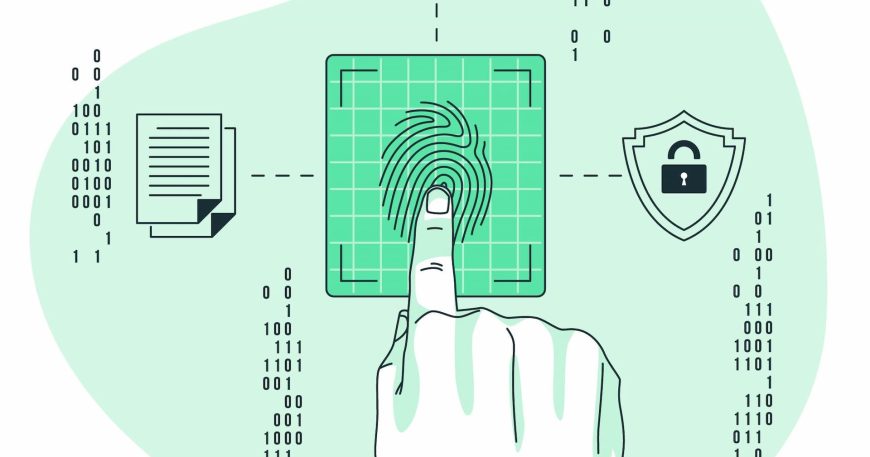1. What is Cybersecurity?
In today’s interconnected world, where enterprises rely on technology to operate efficiently, cybersecurity is no longer optional—it’s essential. Cybersecurity safeguards sensitive information, protects business continuity, and ensures trust in the digital space. For small and medium-sized enterprises (SMEs) in Uganda, understanding cybersecurity is the first step to securing their future.
“Cybersecurity refers to protecting computer systems, networks, and data from cyber threats, such as unauthorized access, data breaches, or malicious attacks. These threats can lead to financial losses, reputational damage, and operational disruptions.”
Cybersecurity is more than just installing antivirus software; it encompasses a wide range of practices, technologies, and strategies aimed at defending against ever-evolving cyber risks.
2. Why is Cybersecurity Important?
i) Protection Against Financial Loss
A single cyberattack can result in significant financial losses. According to a CISA report, SMEs are prime targets for cybercriminals due to perceived weaker defenses. In 2022 alone, enterprises globally lost billions to cybercrime, and this trend continues to rise.
ii) Safeguarding Sensitive Data
Enterprises handle sensitive customer information, including financial records and personal data. A data breach can erode trust and lead to costly regulatory fines under laws like the General Data Protection Regulation (GDPR).
iii) Ensuring Business Continuity
Ransomware attacks, where hackers lock your data until a ransom is paid, can bring operations to a standstill. A strong cybersecurity posture minimizes downtime and ensures you stay operational.
3. Common Cyber Threats Enterprises Face
Understanding common cyber threats is the first step toward building defenses. Here are a few examples:
i) Phishing Attacks
Cybercriminals trick employees into clicking malicious links or sharing sensitive information by pretending to be trusted entities. For example, a hacker might impersonate a bank, asking for login credentials through a deceptive email.
ii) Ransomware
Hackers encrypt a business’s critical data and demand payment to release it. Without proper backups, enterprises may find themselves at the mercy of attackers.
iii) Insider Threats
Not all threats come from outside. Disgruntled employees or those unaware of cybersecurity practices can unintentionally compromise systems.
iv) Malware
Malicious software can infect systems, disrupt operations, and steal data. This includes viruses, worms, and spyware.
4. Cybersecurity Best Practices for SMEs
i) Conduct Regular Risk Assessments
Identify potential vulnerabilities and address them proactively. Use frameworks like the NIST Cybersecurity Framework to guide your strategy.
ii) Implement Strong Access Controls
Adopt practices like multi-factor authentication (MFA) to ensure only authorized personnel can access sensitive systems and data.
iii) Invest in Employee Training
Educate employees about recognizing phishing attempts, using strong passwords, and maintaining safe online practices. According to CISA, employee awareness is the first line of defense.
iv) Backup Your Data
Regularly back up critical data and store it securely. This ensures you can recover quickly in case of a ransomware attack or system failure.
v) Partner with Cybersecurity Experts
Managed service providers like CYBANITE can help SMEs design and implement a comprehensive cybersecurity strategy tailored to their unique needs.
5. Real-Life Cybersecurity Scenarios
Scenario 1: Phishing Attack on a Retail Business
A small retail store in Kampala received an email claiming to be from their payment processor. The email included a link to “update account details.” An employee clicked the link and unknowingly provided access to the company’s financial data. With proper cybersecurity training and email filtering tools, this could have been avoided.
Scenario 2: Ransomware in Healthcare
A clinic in Uganda fell victim to ransomware that encrypted all patient records. The hackers demanded a ransom in Bitcoin, threatening to delete the data. Because the clinic had no backups, they had to manually re-enter patient records in the systems, resulting in financial strain and a damaged reputation. Regular data backups and endpoint protection could have mitigated the damage.
6. How CYBANITE Can Help
At CYBANITE, we understand that SMEs face unique challenges in navigating the complex world of cybersecurity. Our tailored solutions, including risk assessments, managed IT services, and cybersecurity training, empower enterprises to defend against threats while focusing on growth.
We follow global best practices and leverage frameworks like NIST and insights from CISA to ensure our clients stay ahead of cybercriminals.
Conclusion
Cybersecurity is not just a technology issue—it’s a business imperative. For SMEs, taking proactive steps to protect their digital assets can mean the difference between thriving and shutting down after an attack.
Ready to secure your business? Contact CYBANITE today for a Free IT Assessment and let us help you build a resilient cybersecurity strategy tailored to your needs.
Sources:



